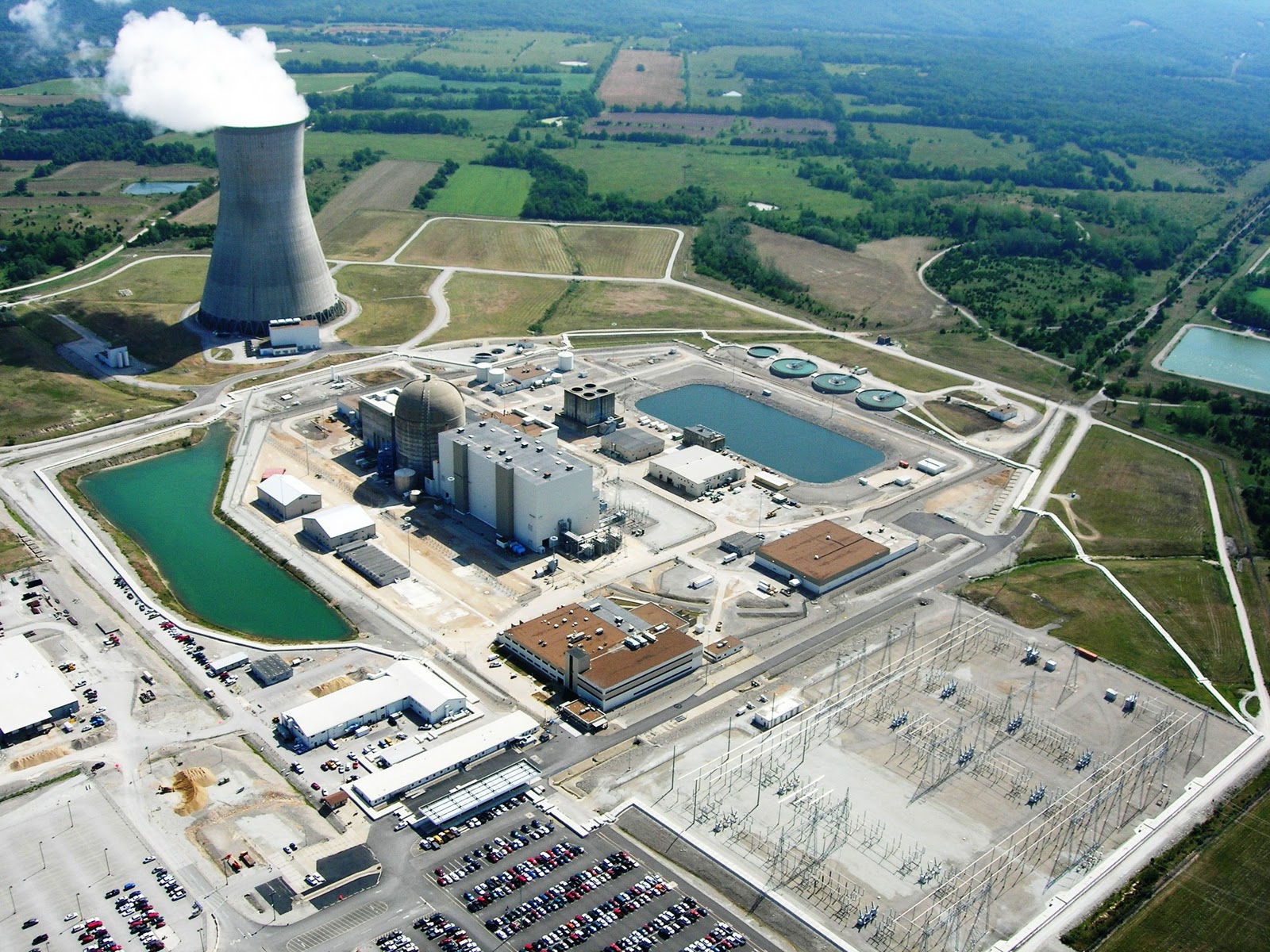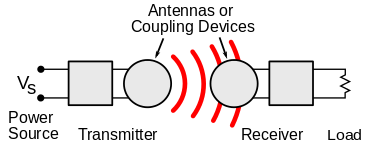Wireless Electricity
Electricity has practically revolutionized our lives so strongly that we cannot imagine our lives without this 'once-called luxury.' We live on electricity; we thrive on electricity; we, in fact, do everything that concerns the electrical power in some way or the other. Right from entertaining ourselves to making ourselves a cup of coffee, from getting our official work done to relaxing with some fresh breeze – we’ve exploited the use of electricity in all of our basic everyday activities.

Of course, we can go back to our early times and start doing the daily chores devoid of electrical energy, but electricity has so amazingly eased our lifestyle that we cannot make ourselves go back to adopting the traditional ways.
With the coming of age technology, electrical applications have advanced tremendously, and things have only become better on this front. Now there is no need to have plugged in appliances to carry out our daily exercises because now we’ve something that redefines the entire being of electricity – Wireless Electricity!
In the new-age world, Wireless Power can deliver significant advancements in industries and applications that are dependent on physical, contacting connectors, which can be unreliable and prone to failure.
Wireless power first came up into existence in an MIT professor’s thought where he wondered to have a transfer of power sans any plugged connections over a distance. That led the thinking tanks to channel their energies in this direction, and that’s how we came to know the mighty, Wireless Power.
History of Wireless Power Transfer:

The idea of inductive power was made possible in 1888 when German physicist Heinrich Hertz proved the existence of electromagnetic waves by creating a spark gap transmitter and receiver. A spark generated by the transmitter also created a small spark in the receiver, which could be seen with a microscope.
As for the demonstration part of Wireless Power Transfer, it was first demonstrated by Nikola Tesla in the 1890s. However, it only came into practical usage in the last decade when technology got harnessed to the point where it offers practical, tangible benefits to real world applications.
Serbian-American inventor and engineer Nikola Tesla learned of Hertz’s work by the following year and began duplicating his experiments.
By 1891, Tesla had developed a high-tension induction coil, which he used to demonstrate wireless energy transmission. He successfully presented his technique to the American Institute of Electrical Engineers and the National Electric Light Association.
By 1894, Tesla had developed the equipment to light wirelessly incandescent lamps at his New York laboratory. This method used a resonant inductive coupling, which involves tuning two nearby coils to resonate at the same frequency.
By 1896, he had increased the range of transmission to 30 miles (48 km). Tesla began construction on his Wardenclyffe Tower, designed for wireless broadcasting and power generation, in 1901. After several construction delays and technical setbacks, the project ran out of funds a few years later and was eventually demolished. After this, no significant advances were made for more than 50 years.

In the early 1970s, experiments with RFID tags began and by the early 2000’s Professor She Yuen (Ron) Hui and S.C. Tang developed a charger to provide resonant power transfer for small electronics. Today wireless power is used for everything from industrial motors to charging smartphones and tablets.
Researchers predict that wireless power will be making a significant contribution to energy supplies by the end of this decade.
Primary Mechanism of Wireless Power Transfer:

(Wireless) Inductive Power Transfer or IPT involves the transmission of energy from a power source to an electrical load, without connectors, across an air gap. The basis of a wireless power system primarily comprises of two coils – a transmitter and receiver coil. The transmitter coil is energized by alternating current to generate a magnetic field, which in turn induces a current in the receiver coil.
Wireless Power Techniques Categorization:

Wireless power techniques fall into two categories: non-radiative and radiative. In non-radiative technologies, power is typically transferred by magnetic fields using magnetic inductive coupling between coils of wire. Applications of this type include electric toothbrush chargers, RFID tags, smart cards, and chargers for implantable medical devices like artificial cardiac pacemakers, and inductive powering or charging of electric vehicles like trains or buses.
A current focus is to develop wireless systems to charge mobile and handheld computing devices such as cell phones, digital music players, and portable computers without being tethered to a wall plug. Power may also be transferred by electric fields using capacitive coupling between metal electrodes. In radiative far-field techniques, also called power beaming, power is transferred by beams of electromagnetic radiation, like microwaves or laser beams. These techniques can transport energy longer distances but must be aimed at the receiver. Proposed applications for this type are solar power satellites and wireless powered drone aircraft.
An important issue associated with all wireless power systems is limiting the exposure of people and other living things to potentially injurious electromagnetic fields.
One of the best things about wireless power is that it runs on a magnetic technology, and it collaborates with practically the objects having a similar frequency.
The basics of wireless power involve the transmission of energy from a transmitter to a receiver through an oscillating magnetic field.
To achieve this, Direct Current (DC) – supplied by a power source – is converted into high frequency (HF) Alternating Current (AC) by specially designed electronics built into the transmitter.
The AC energizes a copper wire coil in the transmitter, which generates a magnetic field. Once a second (receiver) coil is placed within proximity of the magnetic field, the field can induce an alternating current in the receiving coil.
Electronics in the receiving device then converts the alternating current back into the DC, which becomes usable power.
Four key steps underlining the process:
- The ‘mains’ voltage is converted into an AC signal (Alternating Current), which is then sent to the transmitter coil via the transmitter electronic circuit.
- The AC flowing through the transmitter coil induces a magnetic field which can extend to the receiver coil (which lies in relative proximity)
- The magnetic field then generates a current which flows through the coil of the receiving device. The process whereby energy is transmitted between the transmitter and receiver coil is also referred to as magnetic or resonant coupling and is achieved by both coils resonating at the same frequency. Current flowing within the receiver coil is converted into direct current (DC) by the receiver circuit, which can then be used to power the device.
Advantages of employing Wireless Power/Electricity:
Applications using resonant wireless power technology have been most noticeable in the Consumer Electronics market where wireless charging promises to deliver new levels of convenience for a load of millions of everyday devices; these include:
• Reduces costs associated with maintaining direct connectors
• Greater comfort for the charging of everyday electronic devices
• Safe power transfer to applications that need to remain sterile or hermetically sealed
• Electronics can be fully enclosed, reducing the risk of corrosion due to elements such as oxygen and water.
• Robust and consistent power delivery to rotating, highly mobile industrial equipment
• Delivers reliable power transfer to mission critical systems in wet, dirty and moving environments
I’d suggest you to watch the TedeX video on Wireless Power by noted Physician Eric Giler, who heads WiTricity, a startup with a product directly out of science fiction: wireless electricity beamed from a base station to an electrical device.
Overall, wireless power holds a lot of promising aspects shortly for us humans. It’s only about time that we’ll totally embrace and use wholly to our advantage!





